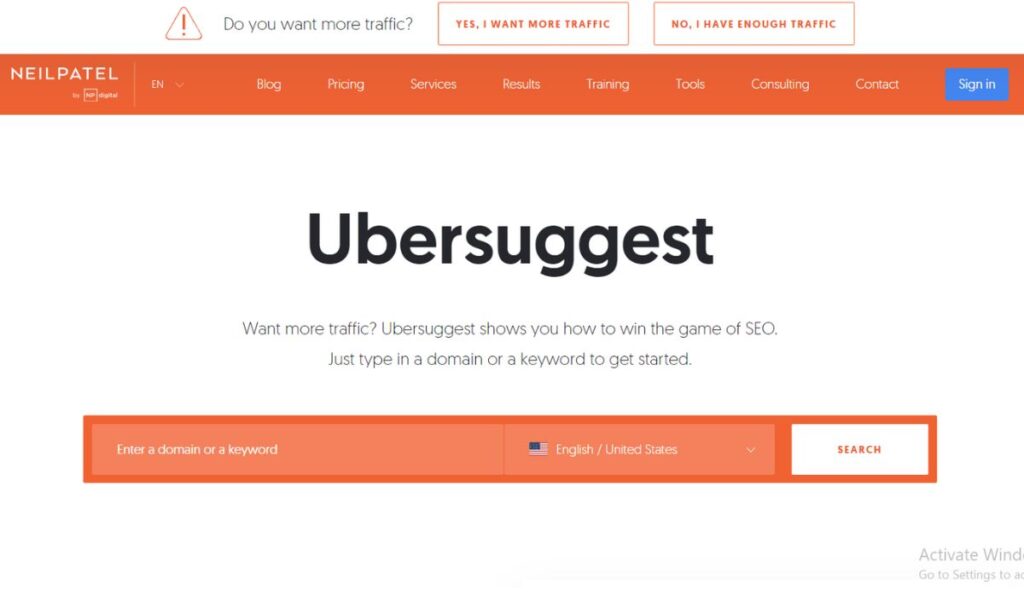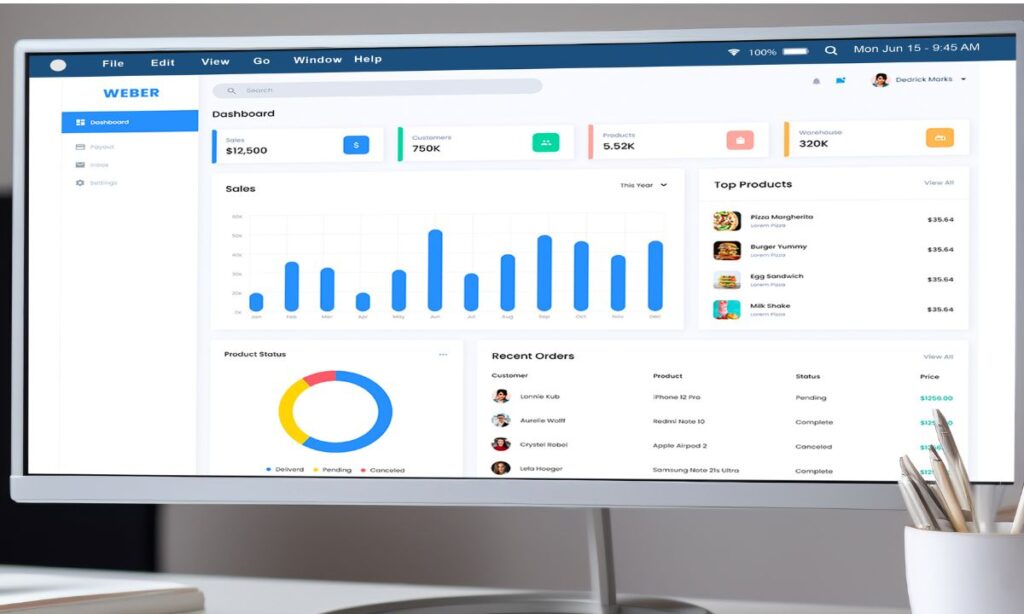Guest blogging is one of the most effective ways to grow your online presence, build high-quality backlinks, and connect with new audiences. Whether you’re a seasoned digital marketer or just dipping your toes into content creation, guest blogging—also known as guest posting—is a strategy you simply can’t ignore.
In this comprehensive guide, we’ll walk you through everything you need about guest blogging. From understanding its benefits to finding quality guest posting opportunities and crafting the perfect pitch, this is your ultimate resource. So, grab a coffee, and let’s dive in!
What Is Guest Blogging?
Guest blogging involves writing and publishing a blog post on someone else’s website. It’s a win-win strategy: the blog owner gets fresh, high-quality content, while you (the guest blogger) gain exposure to a new audience and often a valuable backlink to your site.
Unlike other forms of content marketing, guest blogging is highly collaborative. It’s about building relationships and creating mutually beneficial partnerships with other bloggers or websites in your niche.
Why Important?
Guest blogging isn’t just about backlinks (although we’ll get to that). Here’s why it’s worth your time:
- Boosts Your Online Authority: Publishing articles on reputable sites positions you as an expert.
- Increases Website Traffic: A well-placed guest post can drive targeted traffic to your website.
- Improves SEO: Quality guest post backlinks can improve your search engine rankings.
- Expand Your Network: Connect with other influencers, bloggers, and businesses in your industry.
- Builds Your Brand: Reach new audiences and establish your name in different niches.
Step 1: Setting Your Guest Blogging Goals
Before jumping into guest blogging, it’s crucial to define your goals. This will help you target the right opportunities and measure your success.
Common Goals
- Backlink Building: Improve your site’s domain authority and SEO with quality guest post backlinks.
- Brand Awareness: Get your name and business in front of new audiences.
- Traffic Generation: Drive visitors to your website or landing page.
- Lead Generation: Attract potential customers or subscribers.
- Networking: Build relationships with influencers and industry leaders.
By understanding your objectives, you’ll be better equipped to create guest posts that deliver results.
Step 2: Finding Guest Posting Opportunities
The key to successful guest blogging is targeting the right blogs and websites. Here’s how to find quality guest posting opportunities.
1. Use Google Search Operators
Google is your best friend when it comes to finding blogs for guest posts. Use search queries like:
- “Write for us” + [your niche]
- “Guest post guidelines” + [your topic]
- “Submit a guest post” + [your industry]
- “Become a contributor” + [your niche]
Example: If you’re in the fitness niche, search for “Write for us fitness” or “Submit a guest post health.”
2. Explore Guest Posting Sites
There are platforms specifically designed to connect guest bloggers with blog owners. Some popular guest posting sites include:
- GuestPost.com
- MyBlogGuest
- PostJoint
These platforms can save you time and effort in finding the right opportunities.
3. Check Competitor Backlinks
Use tools like Ahrefs or SEMrush to analyze where your competitors are getting their backlinks. If they’re guest posting on certain websites, you can pitch to those sites too.
4. Leverage Social Media
Many bloggers and website owners share guest posting opportunities on social media platforms like Twitter and LinkedIn. Follow relevant hashtags like #guestpost, #writeforus, or #bloggerwanted.
5. Join Niche Communities
Online forums, Facebook groups, and LinkedIn groups dedicated to your industry often have discussions about guest blogging. Engage in these communities to discover hidden opportunities.
Related Article: High Authority Link Building: Secrets for SEO Success
Step 3: Evaluating Guest Blogging Sites
Not all guest posting opportunities are created equal. You need to ensure you’re contributing to quality websites that align with your goals.
What to Look For in a Guest Blogging Site
- Relevance: The site’s audience should align with your target audience.
- Authority: Check the site’s domain authority (DA) using tools like Moz or Ahrefs.
- Engagement: Look for active comments, shares, and reader interaction.
- Content Quality: Ensure the site publishes high-quality, well-written articles.
- Guest Post Guidelines: Does the site have clear guidelines for contributors?
Step 4: Crafting the Perfect Guest Post Pitch
Your pitch is your first impression. A well-crafted pitch can make the difference between getting published and being ignored.
Tips for Writing an Effective Pitch
- Personalize Your Email: Address the blog owner by name and reference their work.
- Showcase Your Expertise: Briefly explain why you’re qualified to write for their audience.
- Offer Unique Ideas: Suggest 2-3 specific topics that are relevant and valuable.
- Keep It Short: Avoid lengthy emails. Get to the point quickly.
- Provide Writing Samples: Include links to your previous work to demonstrate your skills.
Sample Guest Post Pitch
Subject: Guest Post Submission Idea for [Blog Name]
Hi [Blog Owner’s Name],
I hope this email finds you well. My name is [Your Name], and I’m a [Your Profession/Expertise] with a passion for [Topic]. I’ve been following your blog for a while, and I love your recent post on [Specific Article].
I was wondering if you’d be open to a guest post? Here are a few topic ideas:
- [Topic Idea #1]
- [Topic Idea #2]
- [Topic Idea #3]
I’ve written for sites like [Example Site 1] and [Example Site 2], and I’d be happy to provide writing samples if needed. Let me know if you’re interested, and I can send over a draft!
Thank you for your time, and I look forward to hearing from you.
Best regards,
[Your Name]
[Your Website]
[Your Contact Information]
Step 5: Writing a Quality Guest Post
Once your pitch is accepted, it’s time to deliver. Follow these steps to create a high-quality guest article:
1. Understand the Audience
Tailor your content to the blog’s audience. Read a few of their recent posts to get a sense of tone, style, and topics.
2. Follow the Guidelines
Most blogs have specific guest post guidelines. Stick to them to avoid unnecessary revisions.
3. Create Valuable Content
Focus on providing actionable insights, tips, or solutions. The more helpful your article, the more likely readers are to engage with it.
4. Include a Call-to-Action (CTA)
End your post with a clear CTA, such as encouraging readers to visit your website or follow you on social media.
5. Proofread Your Work
Nothing screams unprofessional like typos or grammatical errors. Use tools like Grammarly or Hemingway to polish your writing.
Step 6: Promoting Your Guest Post
After your guest article is published, don’t stop there. Promote it to maximize its impact:
- Share it on your social media channels.
- Include it in your email newsletter.
- Engage with readers in the comments section.
- Link to it from your own blog or website.
FAQs
1 . What Makes Content “High-Quality”?
High-quality content is relevant, valuable, and engaging for your target audience. It’s well-researched, free of errors, and offers actionable insights or solutions.
2. How Long Should a Guest Post Be?
The ideal length of a guest post depends on the blog’s guidelines, but typically, it should be at least 1,000 words. Longer posts (1,500-2,500 words) often perform better in terms of SEO and reader engagement.
3. Can I Republish My Guest Post Elsewhere?
Most blogs prefer exclusive content, meaning your guest post should not be republished elsewhere. Always clarify this with the blog owner before submission.
4. How Do I Ensure My Content Gets Accepted?
Follow the blog’s guest post guidelines closely, pitch relevant and unique topics, and ensure your writing is clear, polished, and tailored to its audience.
5. What Are Guest Post Backlinks, and Why Are They Important?
Guest post backlinks are links to your website included in your guest article. They are important for SEO as they improve your site’s authority and can drive referral traffic.
6. Should I Include Images in My Guest Post?
Yes, including relevant and high-quality images can make your post more engaging. However, ensure you have the right to use the images or use royalty-free resources.
Conclusion
Guest blogging is a powerful tool for building your online presence, gaining high-quality backlinks, and connecting with new audiences. By following this ultimate guide, you’ll have everything you need to succeed—from finding guest posting opportunities to crafting the perfect pitch and creating valuable content.
Start small, be persistent, and always aim for quality. With time and effort, guest blogging can become one of your most effective content marketing strategies.
So, what are you waiting for? Start pitching today and watch your online influence grow!
Welcome to Digital Profit Track, sharing insighs on digital marketing, freelancing, and online earning.
Contact me at: team@digitalwsf.com




